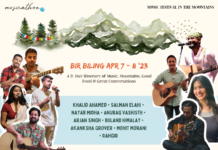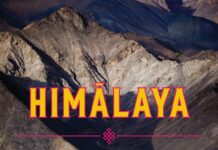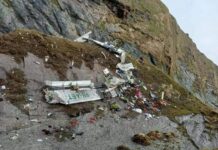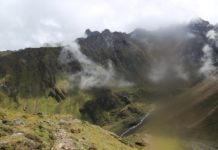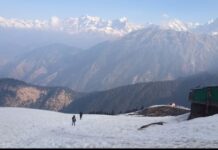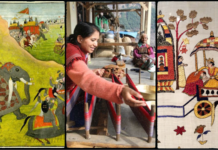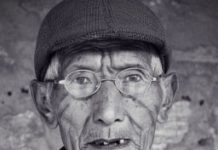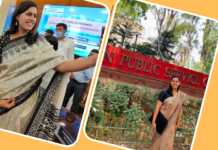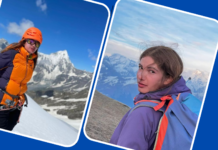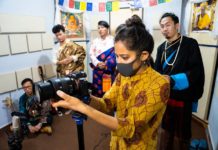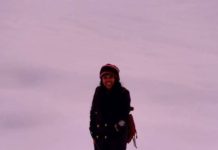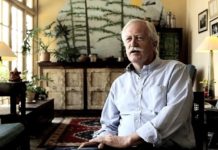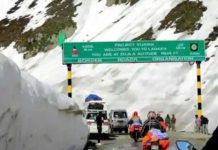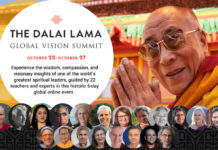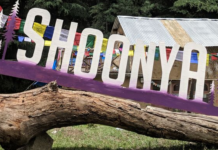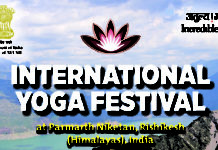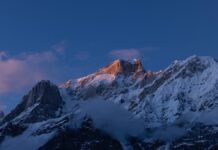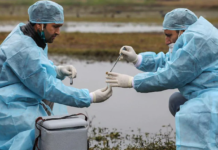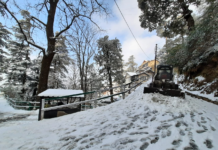Umm.. why exactly do we travel? 🙂
After three nights in Thimphu, we’re travelling to a new place, Punakha! We were up and out early today: 9:30 is early enough, right? Through our host at Hotel Home, we arranged for a shared taxi for the drive. In no time, we were picked up; it was time to bid goodbye to Hotel Home and Thimphu.
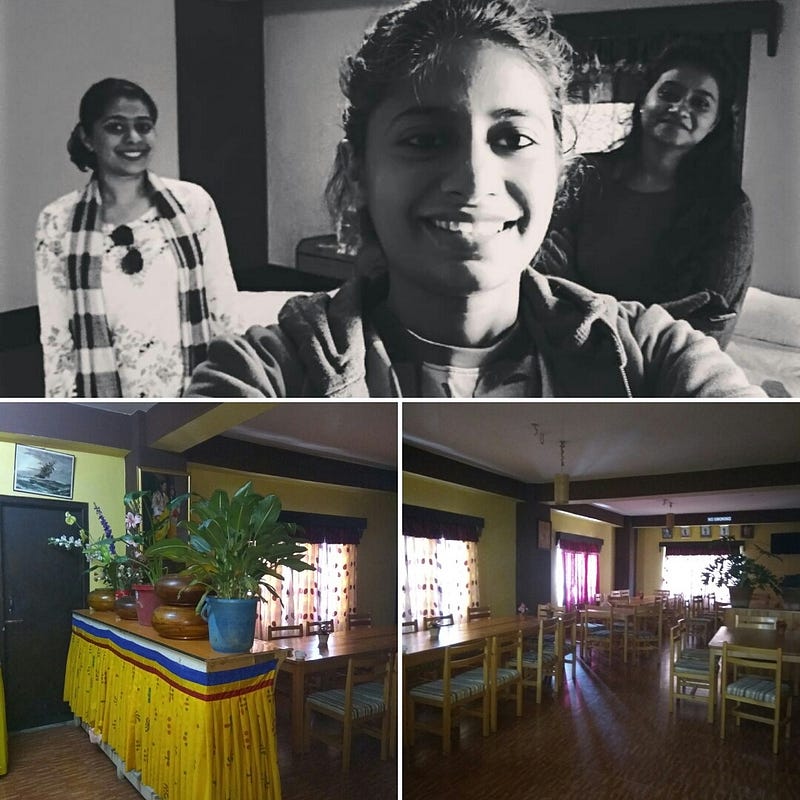
23kms and 2.5 hours later, we arrived at the Dochula Pass, a tourist spot and a stop for most travelers.
At the pass are 108 memorial chortens or stupas, built by Ashi Dorji Wangmo Wangchuk, the eldest Queen Mother. The view from the Dochula Pass is one to be treasured: you will find yourself being immersed in the snow-clad mountains of the Himalayas. Mt. Gangkar Puensem, the highest peak in Bhutan can be spotted from the pass.

I must add, despite the breathtaking view, the sight of a team of brown, handsome horses running against this backdrop was the deal-breaker for me.
From Dochula Pass, we drove for another hour to reach the warm, green village that is Punakha, surrounded by terraced rice fields. Punakha was the capital of Bhutan until 1955, when it was moved to Thimphu.
At Punakha, our first stop was at the exquisite Chime Lhakhang, the Fertility temple.
After walking a couple of metres up the hill, you will find yourself welcomed by the temple. In my previous post, I’d spoken of the ‘Divine Madman’, Lam Drukpa Kuenley. Known for his unconventional ways — vagabond, indulging in song, dance, alcohol and women — the Madman’s devotees believed that he challenged ‘the hypocrisy of the established order, including the monastic order’. It is said that Lam Drukpa Kuenley tamed the demoness of Dochula at this site, where the temple was built.
Enough with the history already, here’s what you’d see: Visually, Chime Lhakhang is similar to other temples/monasteries we’d been to: architecture-wise, the prayer flags, the golden wheel. The one striking difference is the presence of innumerable symbolic phalluses (erect penis) around you. Being a fertility temple, it is frequented by childless couples for children and gifted parents to pray for the health and wellbeing of their children. It is also believed that the symbol helps drives away the evil eye.
Once in the temple, every visitor is struck on the head with a wooden phallus, as a blessing for fertility. There was also an album kept in the temple, with prayer requests and testimonials from people around the globe. From the Art store below the temple, you could also get yourself red, wooden phalluses as artefacts.
From Chime Lakhang, we drove to the Suspension bridge. On our way, we stopped to catch a perfect view of the place where the two rivers, Mo Chhu (Mother River) and Pho Chhu (Father River) converge.
160 m long, this is the longest suspension bridge in Bhutan. Right in the centre of the bridge, we decided to sit for a while and take in the windy, wobbly Punakha scenes.
A little away from the bridge, on the banks of the Mo Chhu, is the Punakha Dzong.
The administrative and religious centre of the district, the Punkaha Dzong is the second oldest and second largest Dzong in Bhutan. At the Dzong, we saw administrative departments varying from Finance, Education to Blackmagic.

The Dzong and Temple premises were teeming with tourists accompanied by their guides, walking them through the history and significance of each beautifully crafted mural on the wall.
But why worry when we had our very own guide?!
It was around 17:30, and we realized we hadn’t had a meal the entire day. We were dropped off at Hotel Kingaling, by no means a budget hotel. We made up for two whole and many mini meals we’d missed the day with one grand dinner. Having met Wifi after a number of days, we spent the night OD’ing on Superwoman and Kenny Sebastian.


